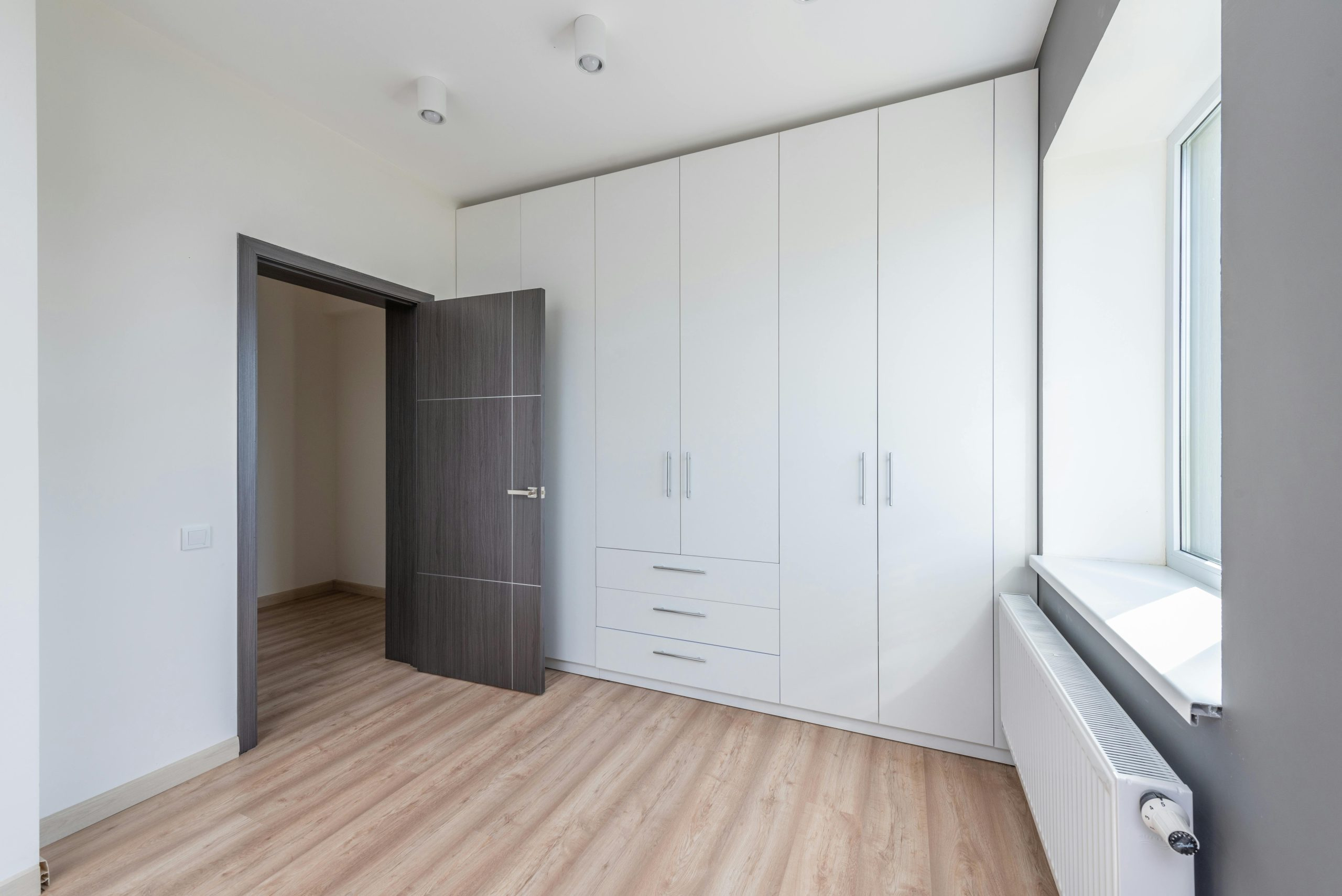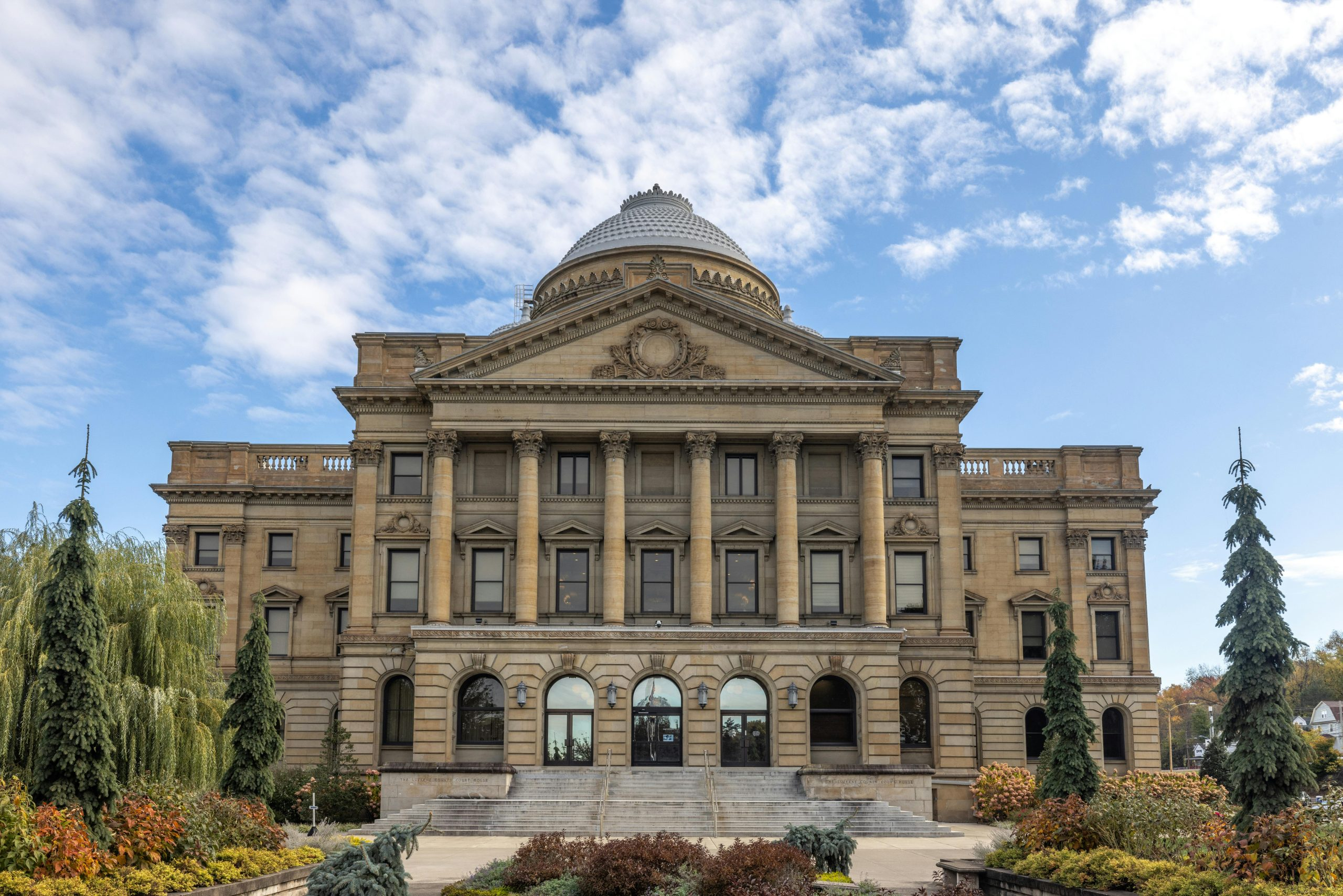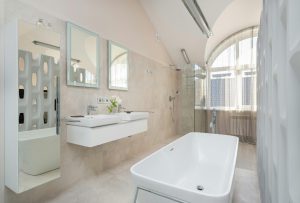The Challenges of Converting Commercial Space to Residential
Converting commercial space to residential is a growing trend in the real estate industry. With the rise of remote work and the demand for more affordable housing options, many property owners are looking to repurpose their commercial buildings into residential spaces. However, this process is not without its challenges. From zoning regulations to structural limitations, there are several obstacles to consider when taking on a commercial-to-residential conversion project. In this article, we will delve into the challenges of converting commercial space to residential and provide insights on how to navigate them successfully.
The Impact of Zoning Regulations
One of the primary challenges of converting commercial space to residential is navigating zoning regulations. Zoning laws dictate how land and buildings can be used in a particular area and are set by local authorities. Commercial properties are typically zoned for specific purposes, such as office buildings or retail spaces, and converting them into residential units may not be allowed. This can create significant hurdles for property owners looking to repurpose their buildings.
To overcome this challenge, it is crucial to do thorough research on the zoning regulations in the specific area where the property is located. In some cases, applying for a zoning variance or conditional use permit may be necessary. These can be time-consuming and costly processes, so it is essential to factor in these potential roadblocks when considering a commercial-to-residential conversion.
Structural Limitations and Renovation Costs
Converting a commercial building into residential space often requires significant renovations to meet the requirements of a residential property. This can include adding new walls, plumbing, electrical systems, and more. The cost of these renovations can add up quickly and may not always be feasible for property owners on a tight budget.
In addition, commercial buildings are often constructed with different materials and to different building codes than residential properties. This can make it challenging to comply with residential building regulations, which can further increase costs. Hiring a professional contractor with experience in commercial-to-residential conversions can help identify potential structural limitations and mitigate unforeseen expenses.
Access to Natural Light and Ventilation
Another critical factor to consider when converting commercial space to residential is the availability of natural light and proper ventilation. Most commercial buildings are designed to maximize the use of artificial lighting and may not have many windows or openings for ventilation. This can be a challenge when converting into residential units, as natural light and proper airflow are essential for residents’ well-being.
To address this challenge, proper planning and design are crucial. Consider adding windows, skylights, and other openings to provide natural light and ventilation. It may also be necessary to modify the building’s layout to ensure each residential unit has access to these elements.
Insufficient Parking
Commercial properties are often designed with ample parking space for employees and customers. However, when converting these buildings into residential units, the available parking may not be enough to accommodate the new residents. This can be a significant challenge, especially in areas with limited street parking options.
There are a few possible solutions to this problem. Converting unused parts of the building, such as a warehouse, into parking spaces is one option. Another is to lease additional parking from nearby businesses or city-owned lots. However, these solutions may not always be feasible or affordable, so it is crucial to consider parking availability before starting a commercial-to-residential conversion project.
In Conclusion
The process of converting commercial space to residential comes with several challenges that must be carefully navigated. From zoning regulations and structural limitations to access to natural light and parking, each project will have its unique obstacles to overcome. By doing thorough research, planning ahead, and consulting with professionals, property owners can successfully navigate these challenges and turn their commercial buildings into thriving residential spaces.











